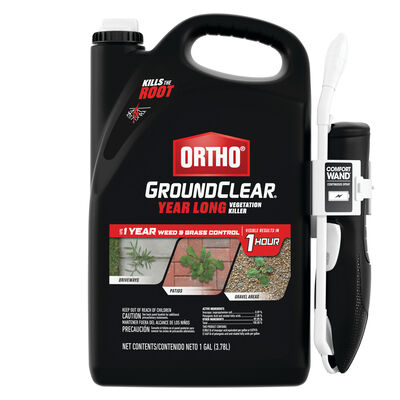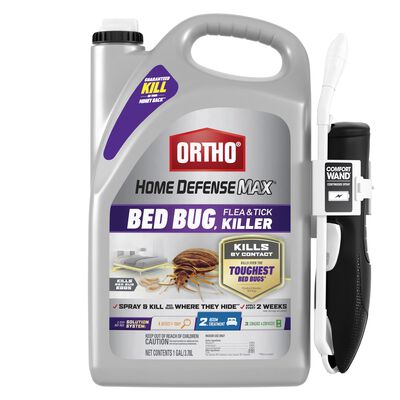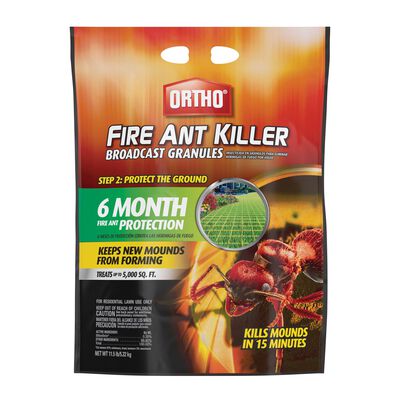Take Control of Weeds

Take Control of Weeds
Ortho® WeedClear® Lawn Weed Killer — Kills Weeds Won't Harm Lawns (when used as directed).
A Guide to Spring Insects & Weeds
Learn More






Spring Cleaning Routine?
Creating an insect barrier to your routine to help get rid of bugs indoors. Take the right steps to create a bug free zone this spring!

Kill Ticks by treating your landscape
Learn about where ticks lives and how to protect yourself from them.

Ortho® Home Defense® MAX® Indoor Insect Barrier
This compact product creates a bug barrier against common listed household insects. This compact product creates a bug barrier against common listed household insects!
Our Reviews Speak
for Themselves
________________________________________________
Ortho® Home Defense® Insect Killer for Indoor & Perimeter
It does what it says it will do.
“I’ve been using Home Defense for 5 years. I spray twice a year, spring and fall. I have no bugs or spiders in my house. I have found it to be an amazingly good product that does what it says it will do.”
- Bugless in Kitsap

Ortho® WeedClear® Lawn Weed Killer
Gets the job done
"This works so well! I normally worry that weed killer is also going to hurt my lawn, but I gave it a try anyway. This works like a charm! My grass stayed green and lush and the weeds disappeared. I will definitely be using this again in the spring. The difference between my lawn and my neighbors' lawns is stark!"
- Dandie









